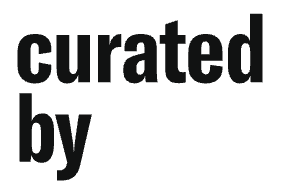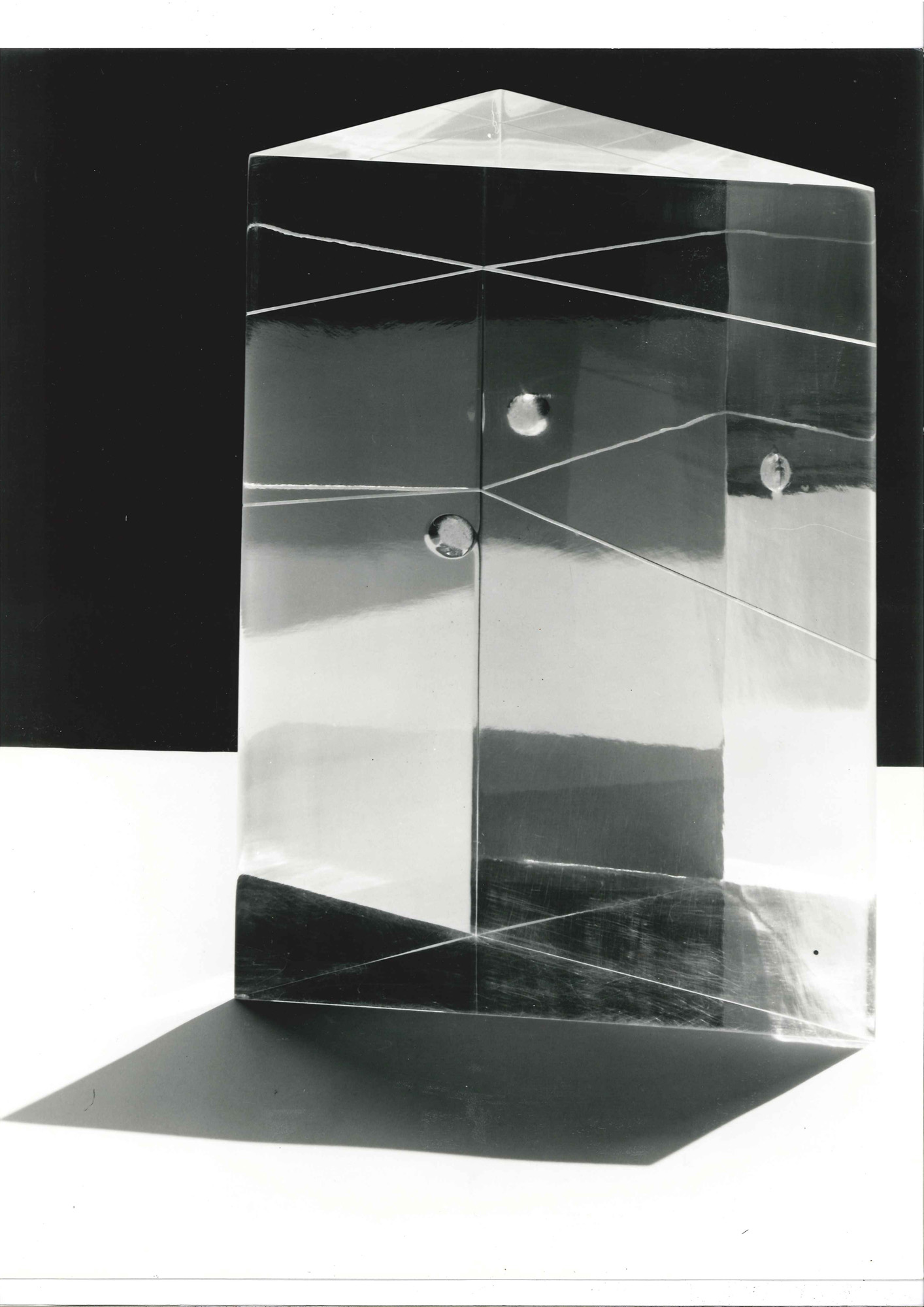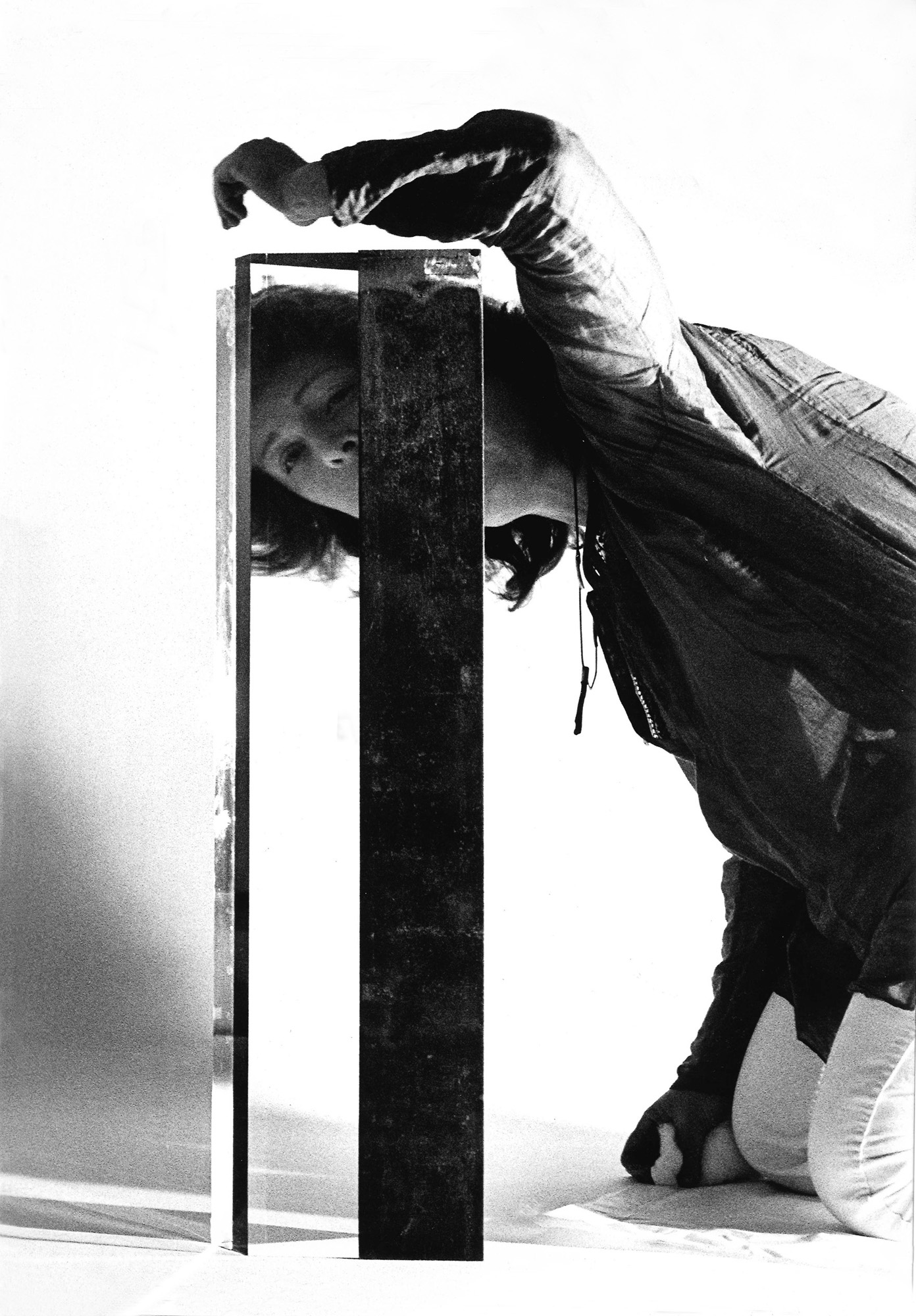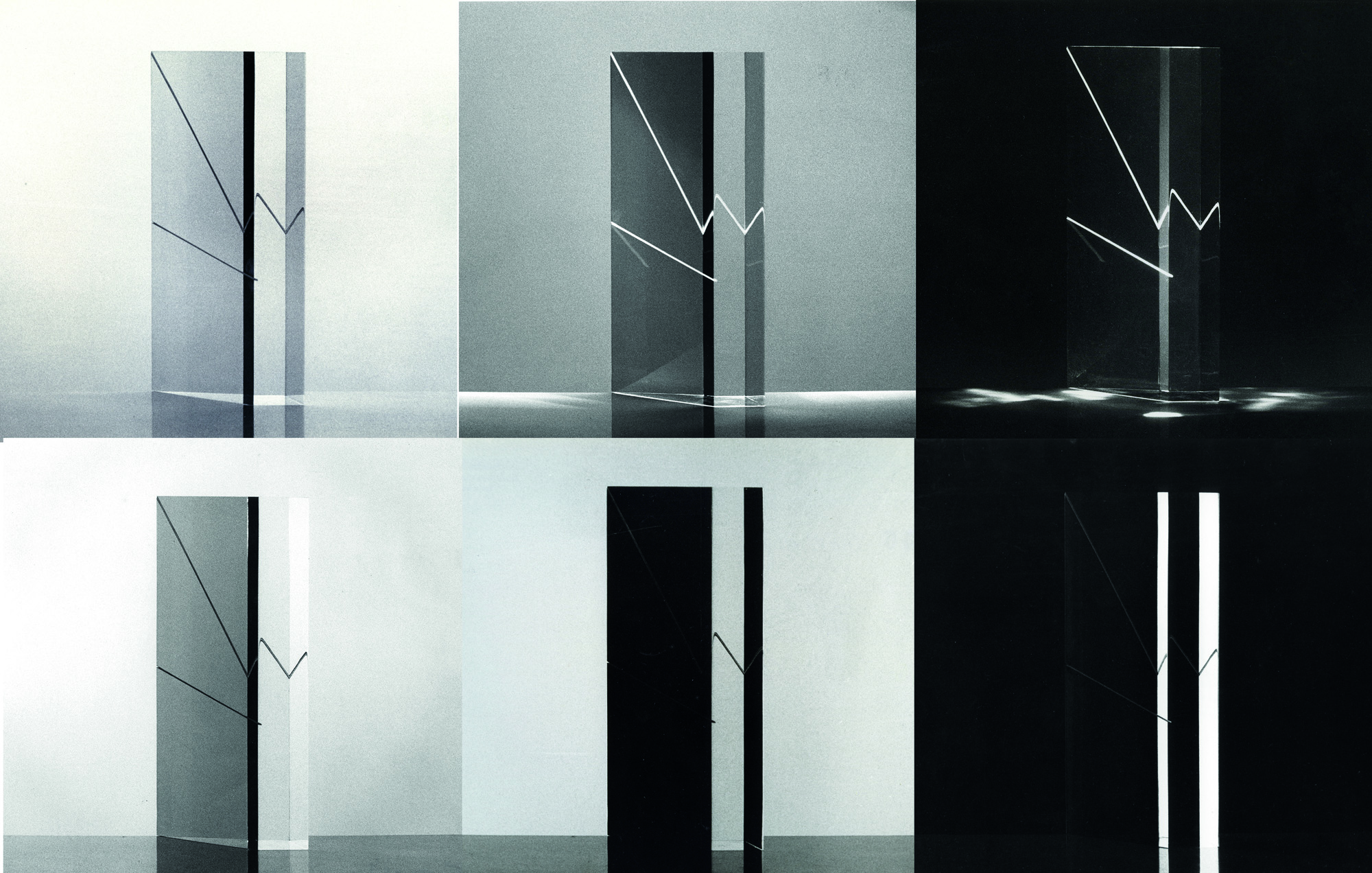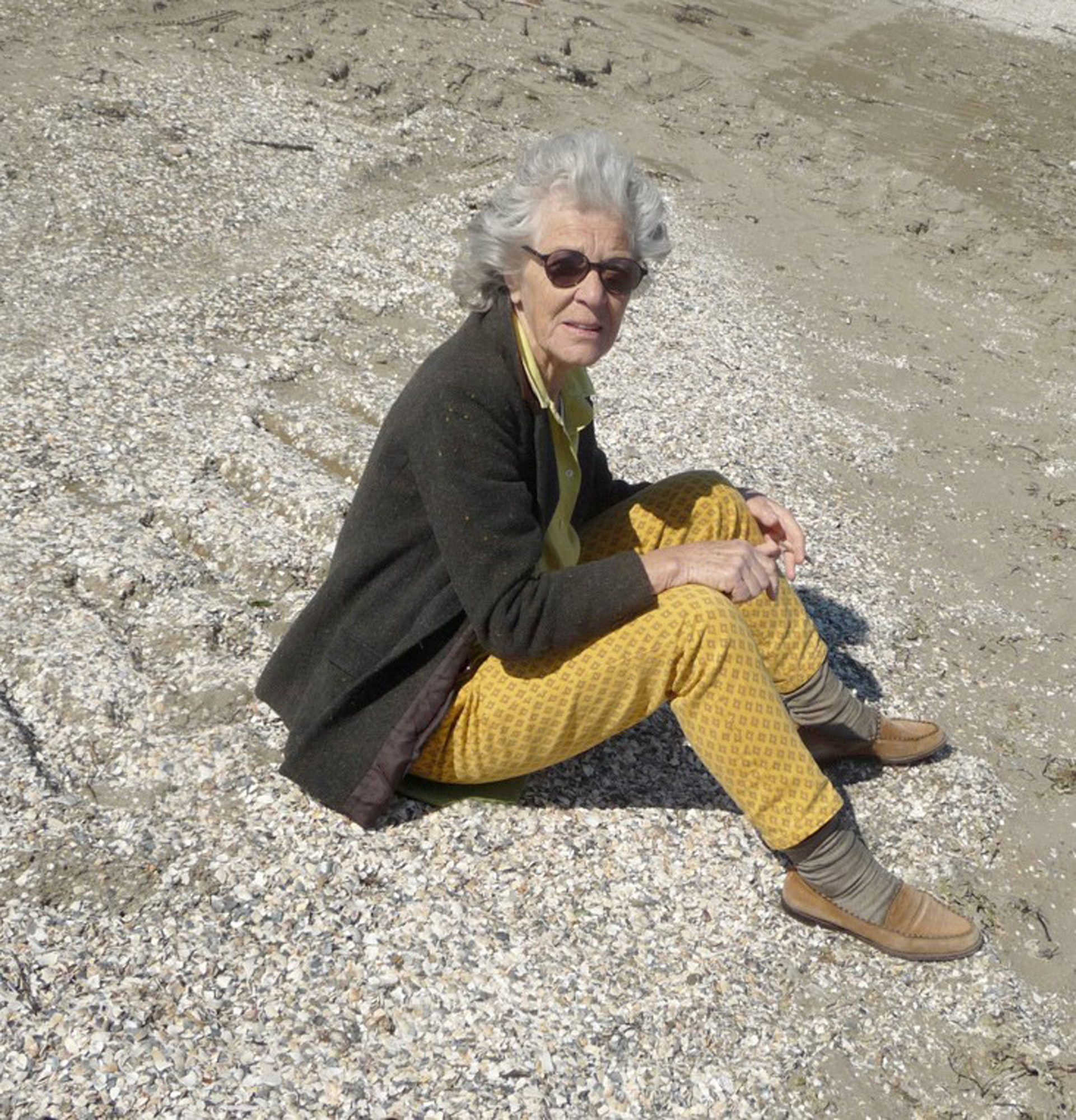Galerie nächst St. Stephan Rosemarie Schwarzwälder curated by Roberta Tenconi
„Appear by Disappearing“

www.schwarzwaelder.at
Curator(s):

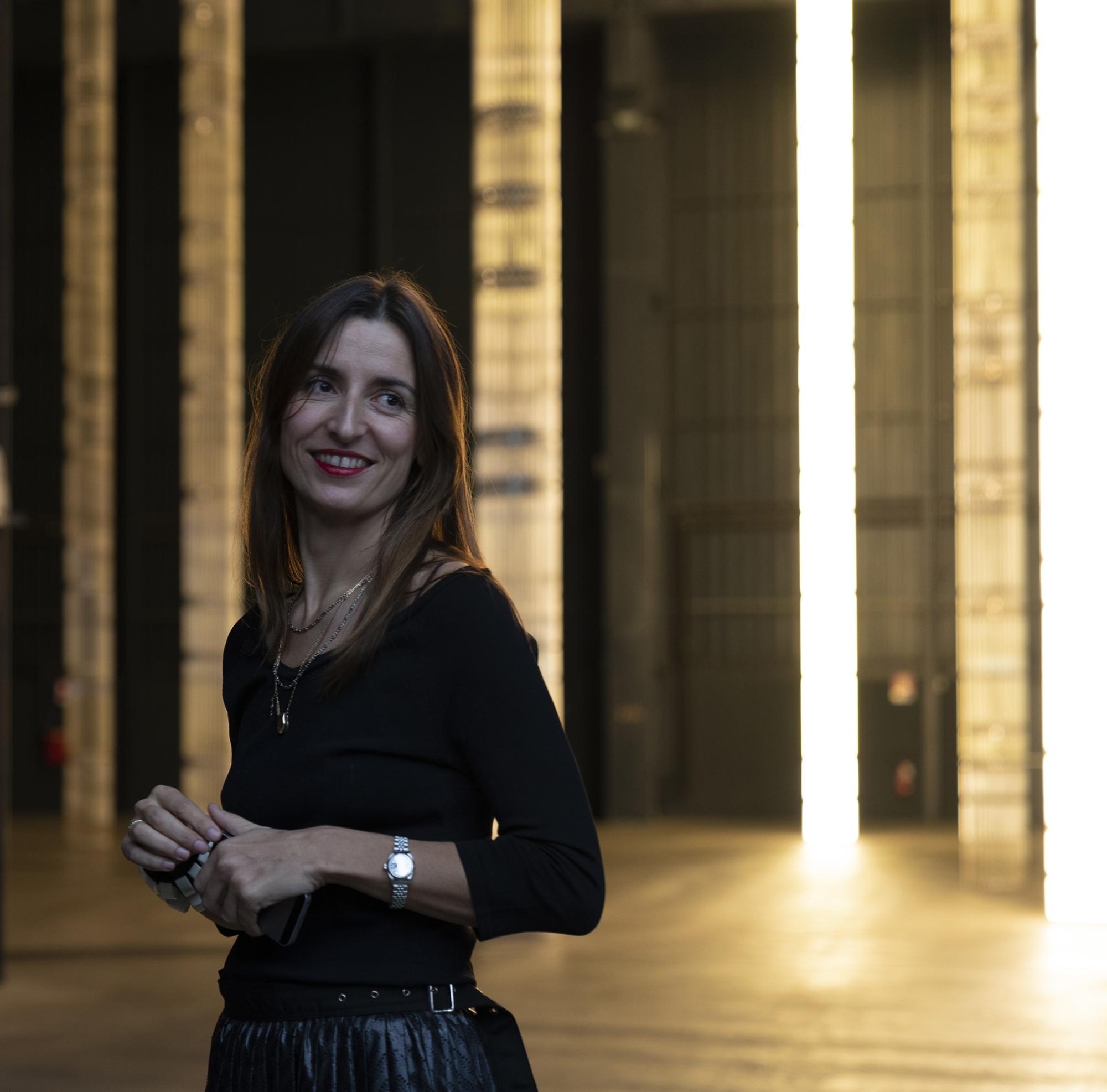
Artist(s):
-
Amalia Del Ponte MoreAmalia Del Ponte was born in 1936 in Milan, where she currently lives and works. From 1956 to 1961, she attended the sculpture class by Marino Marini at Accademia di Brera in Milan together with other artists such as Kengiro Azuma, Mario Robaudi and Gianni Colombo. In the 1960s, Amalia Del Ponte began investigating materials and her nearly scientific approach led her to create basic and pure shapes. In the 1960s, Amalia Del Ponte also designed the interiors of the Gulp! store and of the first Fiorucci store in Milan. She became internationally acclaimed in 1973, when she was invited by Bruno Munari and Umbro Apollonio to participate in the São Paulo Art Biennial presenting her environment Area Percettiva, with which she won the First Prize for Sculpture. In 1993, Amalia Del Ponte exhibited her works at Fort Asperen in Asperen in the Netherlands. In 1995, Gillo Dorfles dedicated an entire room to her work in the Italian Pavilion at the 46th Venice Art Biennale, where she exhibited her sound-making stones, Litofoni, works of art that investigate the invisible relationship between geometric shapes and musical or color scales. In 2010, at Isola della Certosa in the Venetian Lagoon, she conceived Regno dei possibili invisibili, a video-installation inside the four pillboxes on the island (former Austrian gun sites built right on the shore). In the last few years, Amalia Del Ponte has been at the center of a research program aimed at re-positioning her work in the Italian art scene of the second half of the twentieth century. These new studies led to a solo show at Museo del Novecento and Studio Museo Francesco Messina in Milan in 2017.
Exhibition text
More
Galerie nächst St. Stephan Rosemarie Schwarzwälder presents at Domgasse 6 Appear by Disappearing,
a solo exhibition by Italian artist Amalia Del Ponte curated by Roberta Tenconi as part of the curated by festival.
Taking its name from Amalia Del Ponte's notable 1970 sculpture Apparire/scomparendo, the exhibition Appear by Disappearing delves into the artist’s six-decade-long exploration of the ephemeral and the tangible, challenging the common notions of objecthood and the environment we inhabit.
Born in Milan in 1936, Del Ponte is a polyhedric artist whose pioneer research spans visual art and sound, and also extends into design, architecture, and jewelry. By continually pushing the boundaries of these disciplines, she has developed innovative approaches to materials and forms. Renowned for her groundbreaking sculptures, such as the iconic Plexiglass prisms known as Tropi—derived from the Greek tropos, meaning ‘turning’ or ‘change’, a term also serving as a rhetorical figure denotating deviation and transposition of meaning—and for her environmental installation Area Percettiva [Perceptual Area], with which she won the First Prize for Sculpture at the São Paulo Art Biennial in 1973, Del Ponte's work embodies a profound engagement with principles of light, nature and technology.
Her use of intangible materials and the relationship between the visible and the invisible are central to her work. By bringing into play light’s properties—transparency, lightness, and fluidity—with the physical phenomena that stem from them—reflection and refraction—Del Ponte’s Plexiglass sculptures metamorphose the surrounding environment and create a continuous play of movable and virtual spaces, thus undermining the very notion of materiality and conventional perceptions. These gestures seek to render the indefinable and transitory nature of reality, in an attempt to eliminate boundaries between the built and the natural environments and to escape the idea of any authoritative or privileged point of view.
The project for curated by celebrates Amalia Del Ponte's innovative research on light, material, and sculpture, bridging the organic and inorganic worlds. This curated selection features historical works from the 1960s and 1970s and is inspired by two major shows she had in Milan: the 1967 exhibition at Galleria Vismara, curated by art critic Vittorio Fagone, which first presented her small prismatic Plexiglass sculptures, the Tropi, and the 1972 exhibition at Salone Annunciata, which included slide projections of colored images of liquid crystals as seen under the microscope alongside sculptures where Del Ponte experimented in expanding the Tropi in size to relate to the human body and in mixing plexiglass with other materials such as concrete and iron. Each work from the Tropi series is about 20 cm in height and has a perfectly smooth transparent surface, differing only in the sequential number of its title, in the precise degree of the angle that gives the specific shape, and in the presence of certain engravings or carving, or even the insertion of a material as inUntitled, 1965–66.
As Del Ponte recalled on the occasion of her 1972 exhibition at Salone Annunciata: “More than in shape as an outcome, I have always been interested in the angles I chose, as they created an imaginary, dynamic space for vision, with a defined range of possibilities outside which external images, refracted and reflected, became fragmented, causing a continuous break of real perceptual patterns in the environment. Hence the need to reproduce the same object in larger size, not only as a ‘primary’ object, but in order to stress its potential activity in itself and around itself.”

